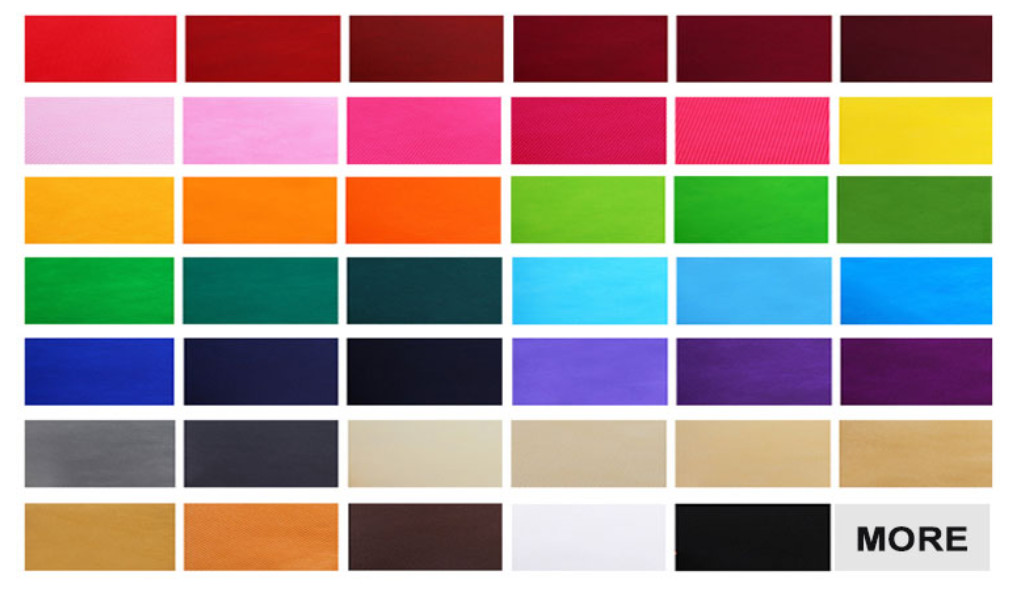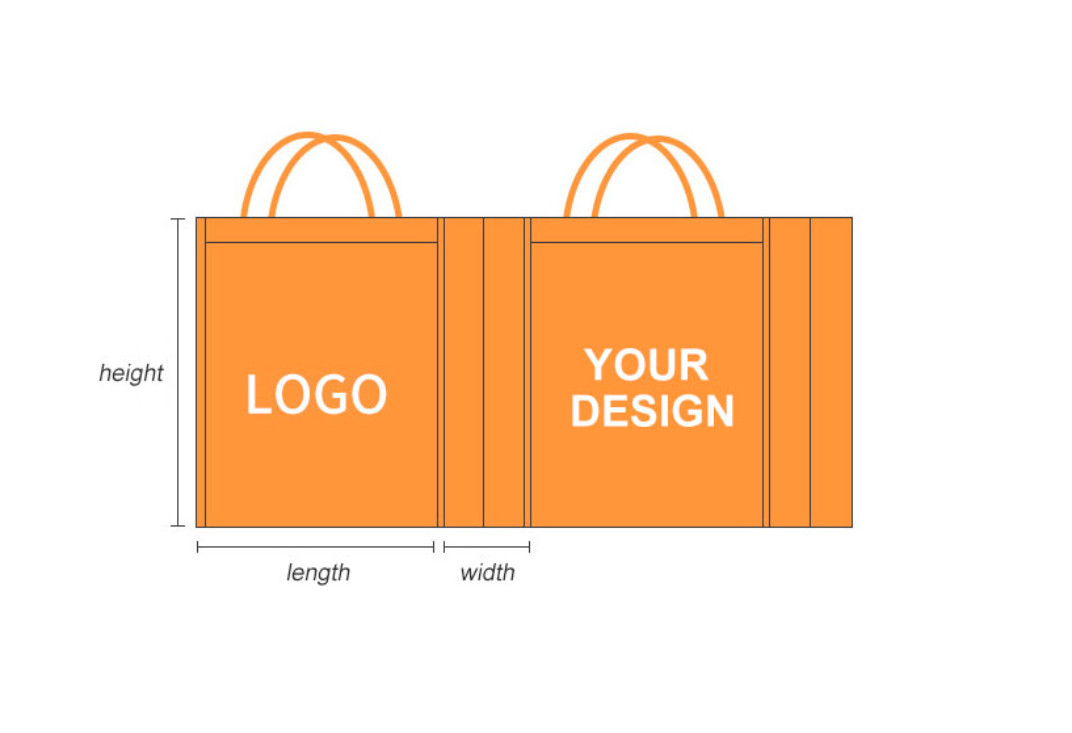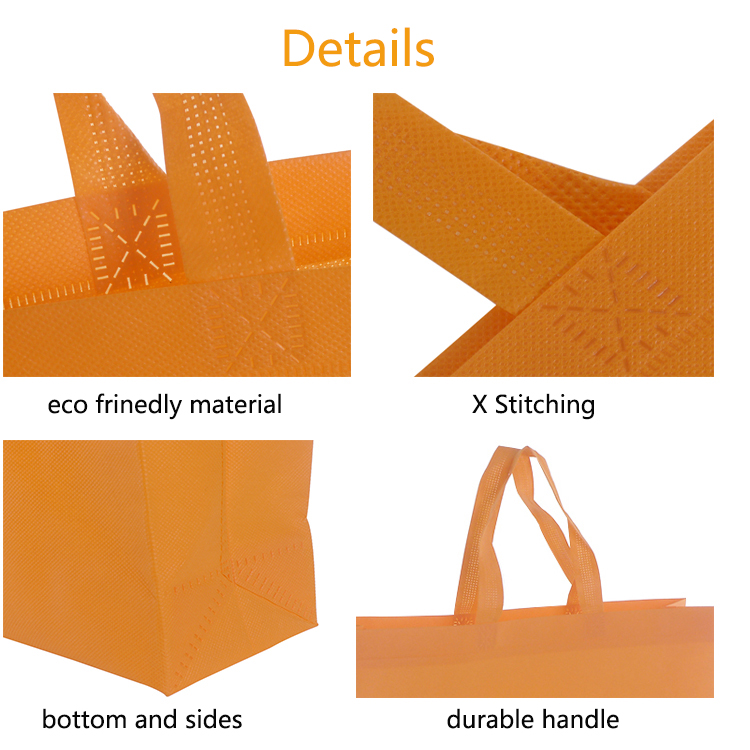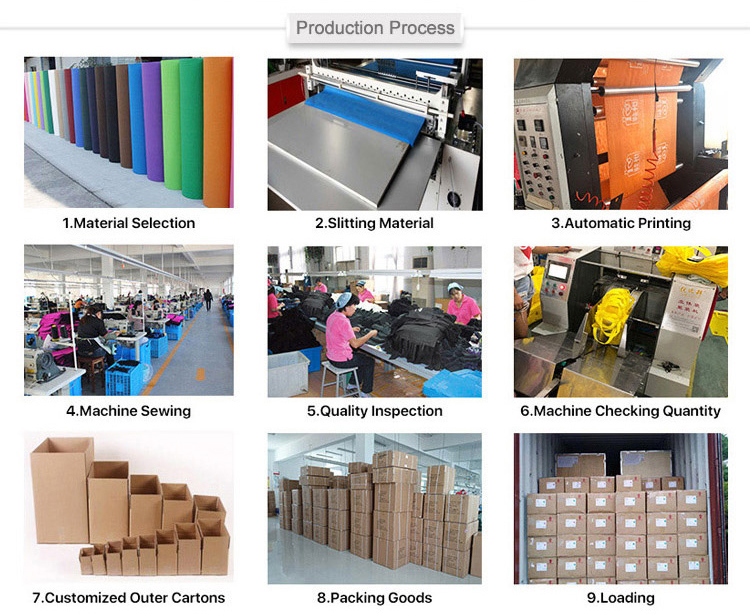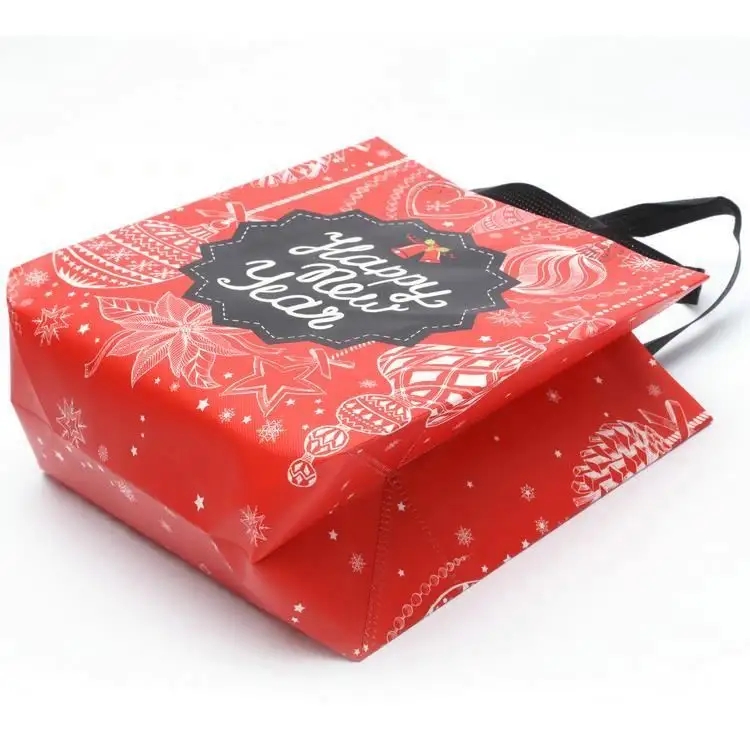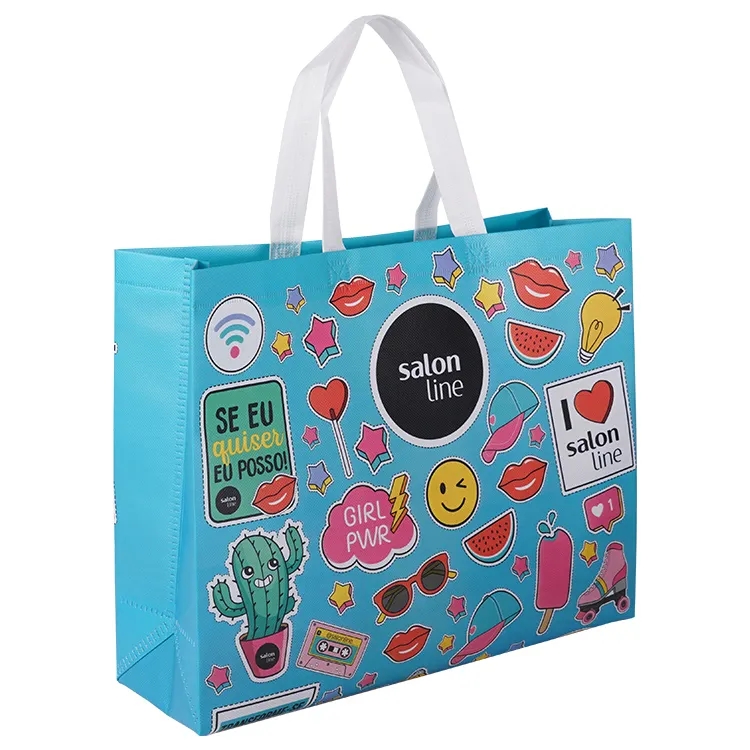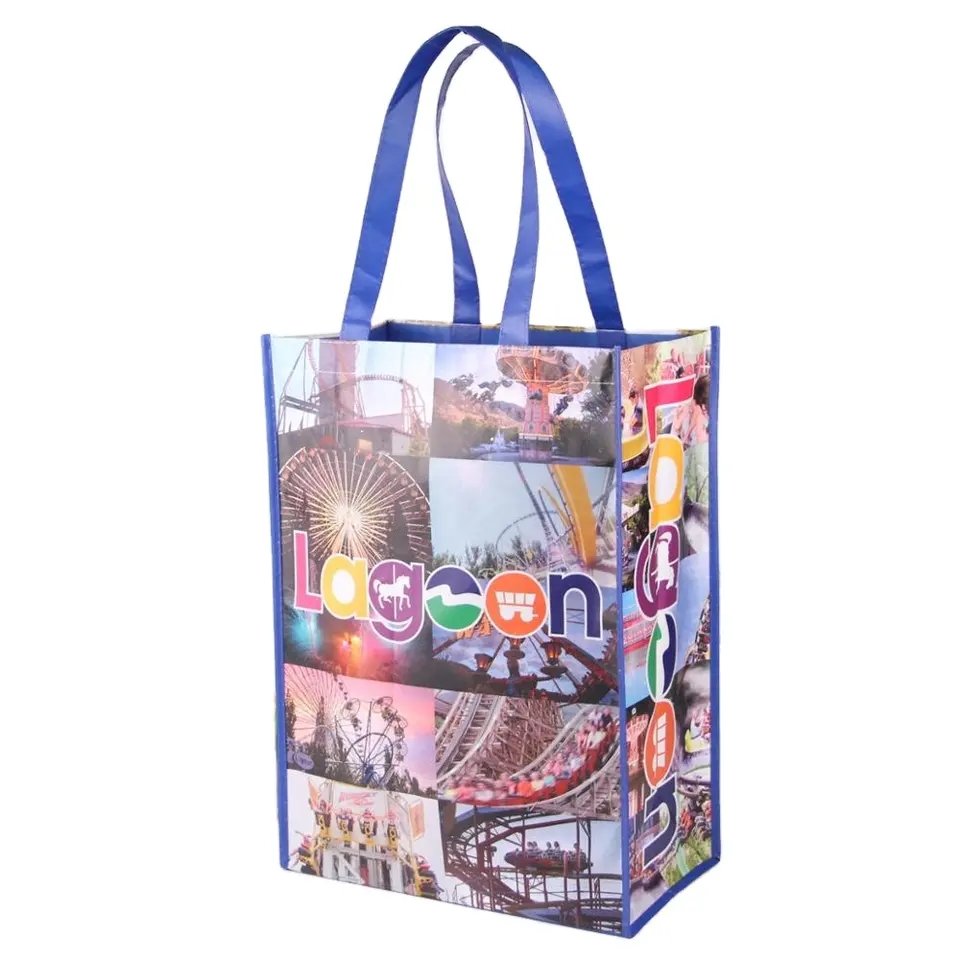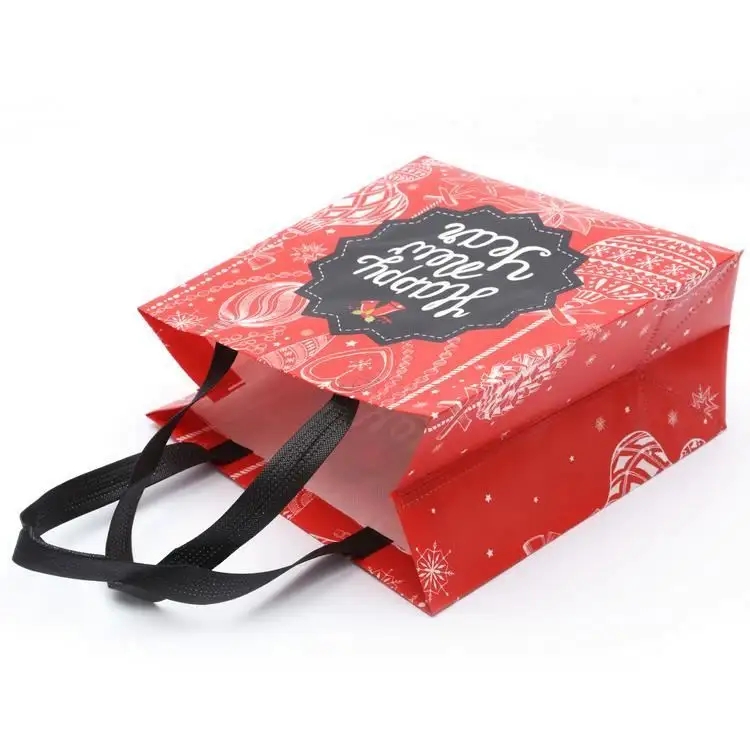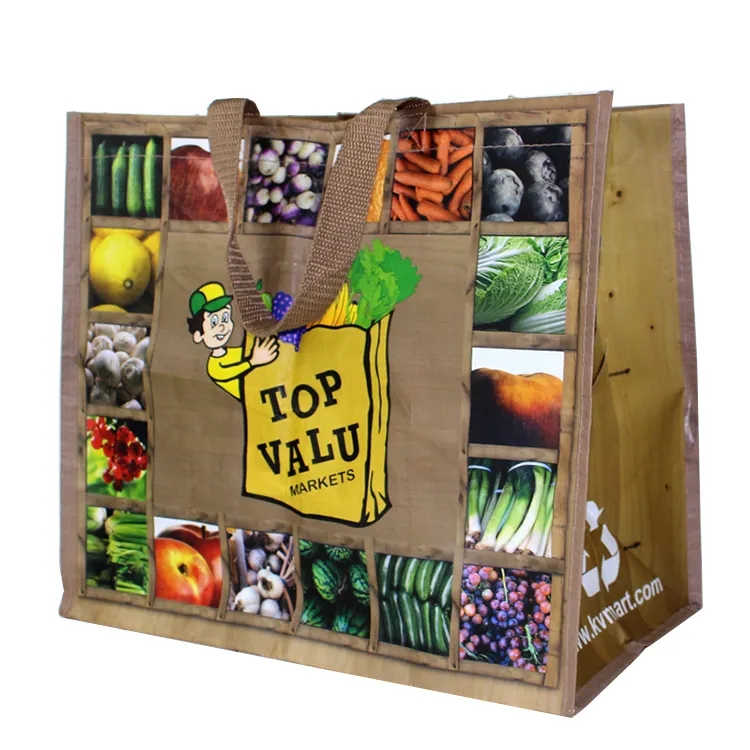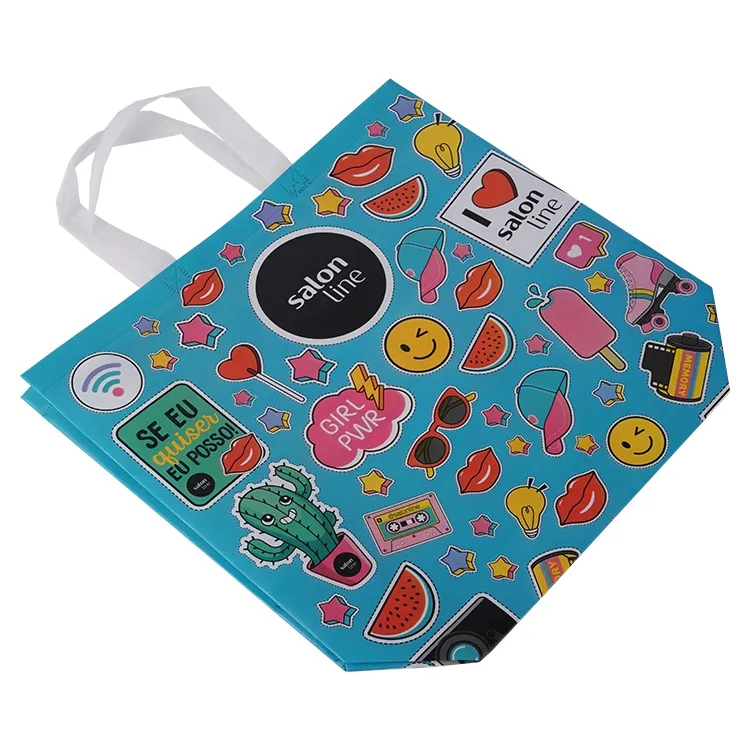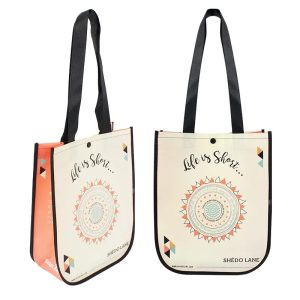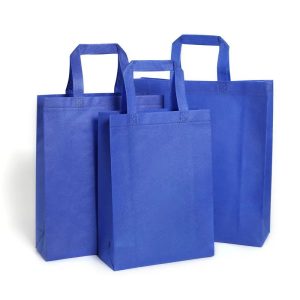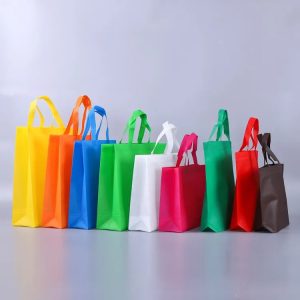Non-Woven Bags: The Eco-Friendly Evolution of Carrying Solutions
Introduction: Amid the global call for sustainability, non-woven bags have emerged as a groundbreaking alternative to conventional plastic bags. These versatile, environmentally conscious carriers are gaining popularity due to their durability, reusability, and eco-friendly manufacturing methods. In this article, we explore the unique features, benefits, and production techniques of non-woven bags, emphasizing their vital role in combating plastic waste and promoting responsible consumer choices.
The Green Significance of Non-Woven Bags: Non-woven bags are meticulously created by bonding long fibers through mechanical, thermal, or chemical processes. Unlike their plastic counterparts that harm ecosystems, non-woven bags are biodegradable and easily recyclable. Their remarkable durability extends their lifespan, reducing the need for frequent replacements and minimizing waste production.
Key Features and Advantages:
Unparalleled Strength and Durability: Non-woven bags are engineered to withstand heavy loads, making them a reliable choice for various activities, from grocery shopping to everyday errands.
Eco-Friendly Composition: Crafted from natural fibers or recyclable synthetic materials, non-woven bags have a significantly lower environmental impact. Gradually decomposing, they alleviate strain on landfills and marine ecosystems.
Sustainable Reusability: The robustness of non-woven bags enables multiple uses, reducing dependence on single-use plastics. Their washable nature ensures hygiene and extended functionality.
Personalized Expression: Non-woven bags offer endless customization options, available in an array of colors, sizes, and captivating designs, merging practicality with style.
Economic and Environmental Sense: While non-woven bags may have a slightly higher initial cost, their extended lifespan translates to cost savings, surpassing the short-lived nature of plastic bags.
Unveiling the Manufacturing Process: The production of non-woven bags involves meticulous steps:
Web Formation: Long fibers are carefully arranged to create a web-like structure using techniques such as spinning, carding, or air-laid methods.
Bonding: These fibers undergo mechanical (needle punching), thermal (heat bonding), or chemical (adhesive bonding) processes to achieve structural coherence.
Precision Cutting and Shaping: The bonded fabric is precisely cut and shaped into desired bag dimensions.
Artistic Expression and Finishing: Intricate designs come to life with eco-friendly inks. The bags are then enriched with handles, zippers, or other practical closures.
Promoting Sustainable Choices: Opting for non-woven bags over single-use plastics signifies a commitment to a cleaner environment. Retailers offering non-woven bags demonstrate their dedication to sustainability, spreading awareness about the collective responsibility to safeguard the planet.
Conclusion: Non-woven bags represent the harmony of durability and environmental mindfulness in the world of carrying solutions. Their innovative crafting, combined with their resilience, reusability, and recyclability, positions them as indispensable tools in combating plastic waste and embracing a greener future. By choosing non-woven bags, you take a conscious stride towards preserving the Earth for generations to come, all while embracing a practical and stylish accessory.
